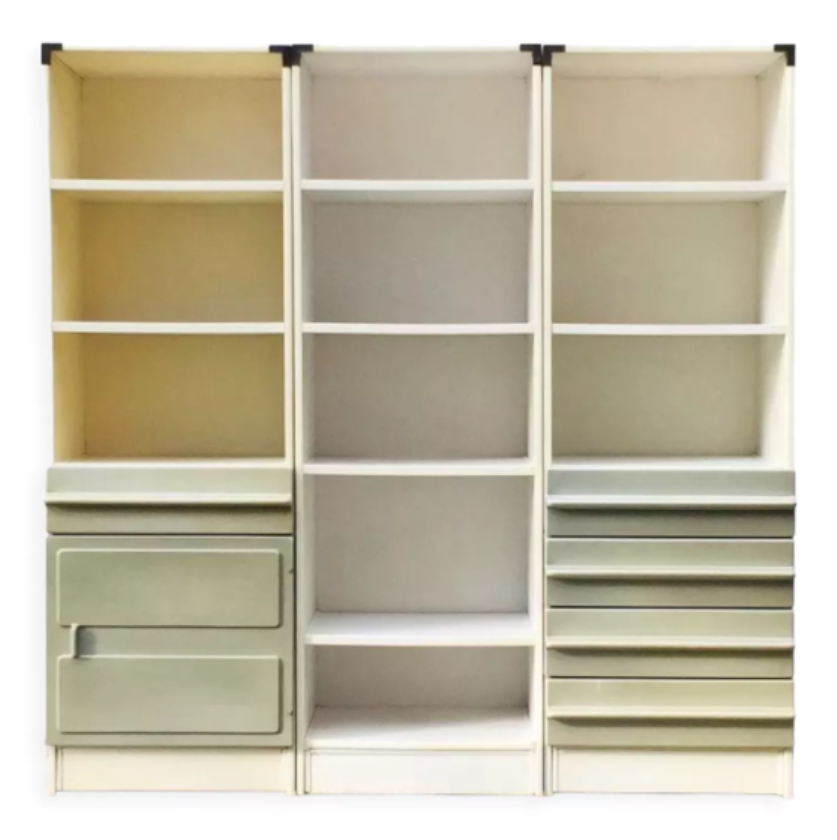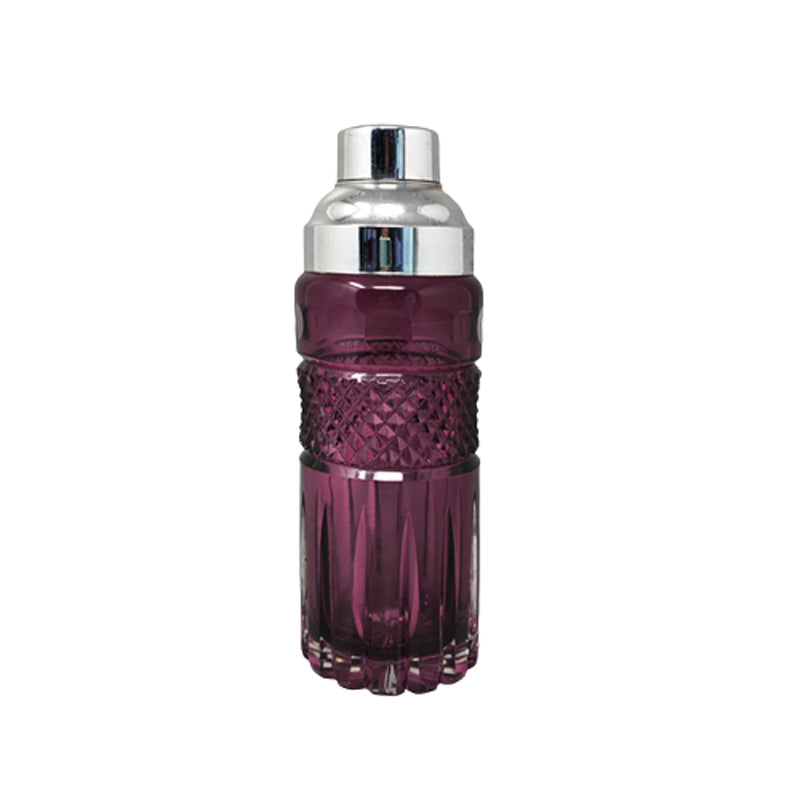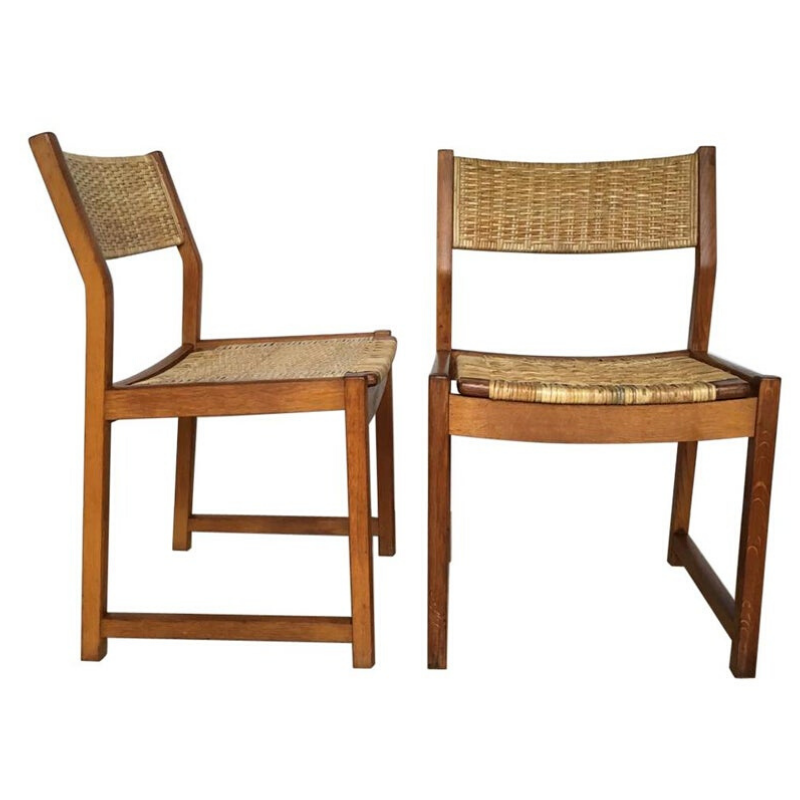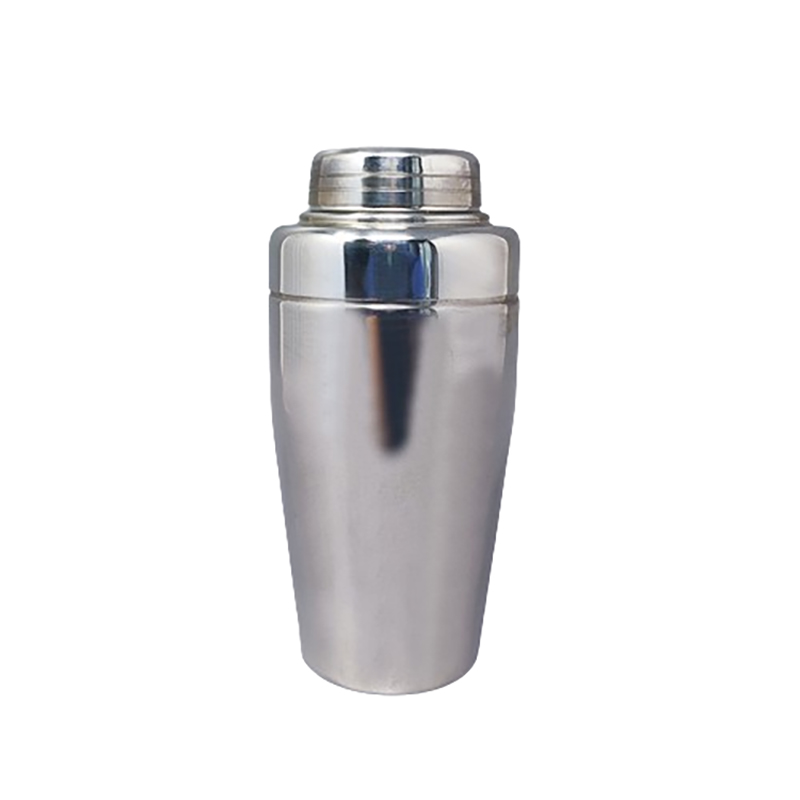I've seen a couple of references here, lately, to the idea that the presence of fine scratches on the underside of a glass vase means that it's decades old.
I've heard that before, too, and it's never made any sense to me.
The scratches appear when the vase slides over (quartz or similar) dust particles trapped between it and a hard tabletop: The infinitesmally small contact area means that even the modest weight of the vase itself is sufficient to generate enormous pressure at that contact point, so the glass scratches (as does the tabletop).
Now, of course a brand-new, unused vase won't have those scratches... But it certainly doesn't take years of use for them to appear. The underside of a vase could be covered in scratches after only a month if it were moved around enough on a dusty surface, right?
So am I missing something, or do most glass collectors already know that the "scratches mean it's old" vase-dating method isn't accurate?
.
Check out the Mohs hardness of various glass types, I imagine if someone has something of better quality they want to know about it will be harder, say lead crystal, and the extent of the abrasion probably is more of an indicator (along with others) of age in that type of glass than others.
yes and no
fastfwd,
Should you mean serious collectors, the answer is yes they (I) know that it means the piece was moved on a surface that was not clean and has nothing to do with age. If on the other hand you mean the people who find things at garage sales, thrift shops and the like and ask for identification on this forum the answer is no.
Several years ago I was watching a PBS program and they had a Dale Chihuly piece that was being offered for a certain amount during the pledge drive and the host was turning it around on the table to show all the detail. When I called with this information (scratching the bottom) they stopped turning the piece.
scratches
This is definitely a method collectors use. However, there is a difference between very fine scratching and scratching. It does not mean that scratches indicate age. A new vase can have scratches and an older vase a minimum. It is the way the scratches are that indicate age. Along with colour and technique and also.. intuition
.
"...I imagine if someone has something of better quality they want to know about it will be harder, say lead crystal..."
For the record, Heath, quality lead-glass (aka crystal) is actually SOFTER than regular soda-lime glass (the stuff most glass --like window panes & bottles-- are made from). The softness makes it easier to cut, to etch... and to accidentally scratch.
.
Thanks for the info, I did a bit of reading before typing that but not enough,
What glass would a company like Orrefors use? I've got some bowls and things that seem much harder (or am I mistaking density and weight for hardness?) than drinking glasses and are definitely less scratched.
...seems so "The density of soda glass is 2.4 g/cm3 or below, while typical lead crystal has a density of around 3.1 g/cm3 and high-lead glass can be over 4.0 g/cm3 or even up to 5.9 g/cm3"
If you need any help, please contact us at – info@designaddict.com









